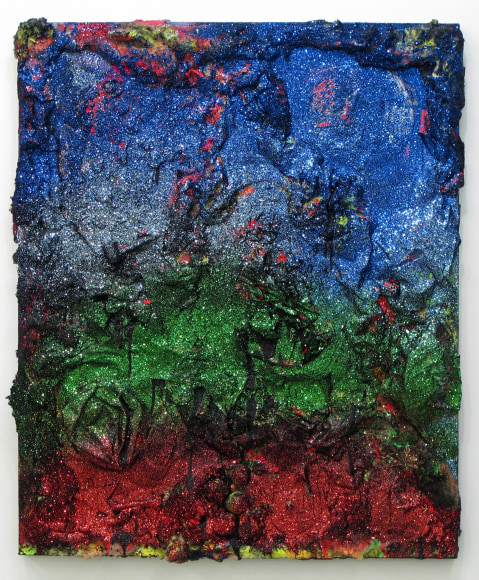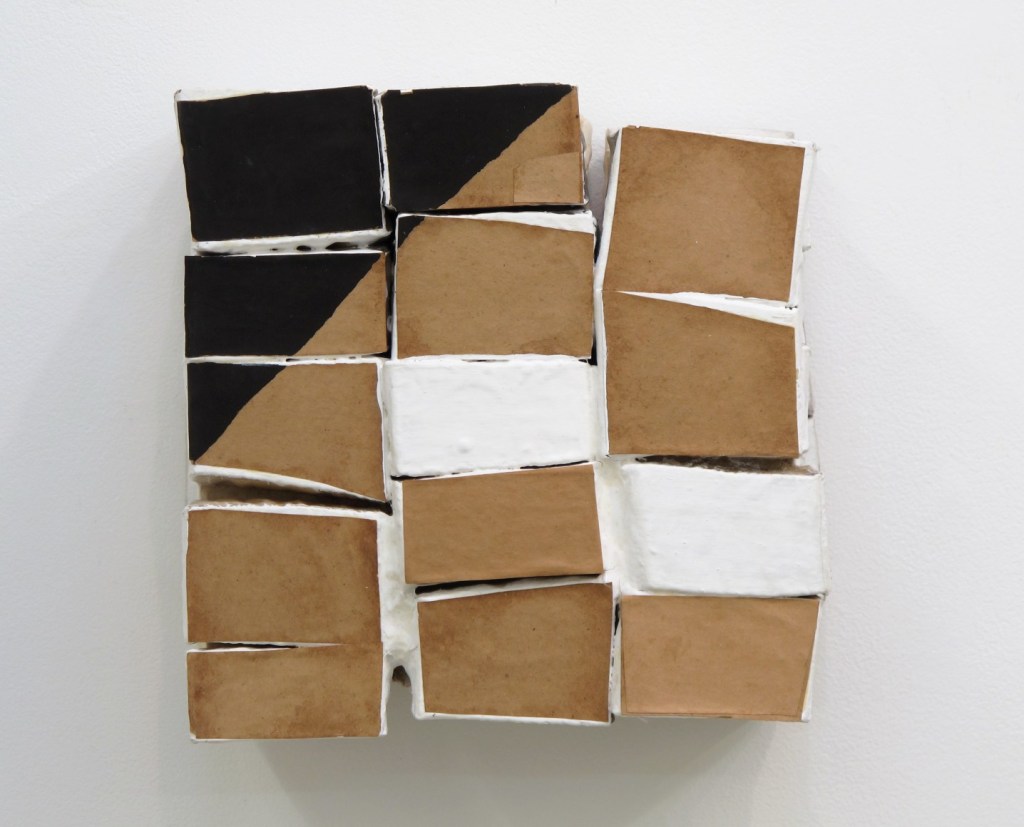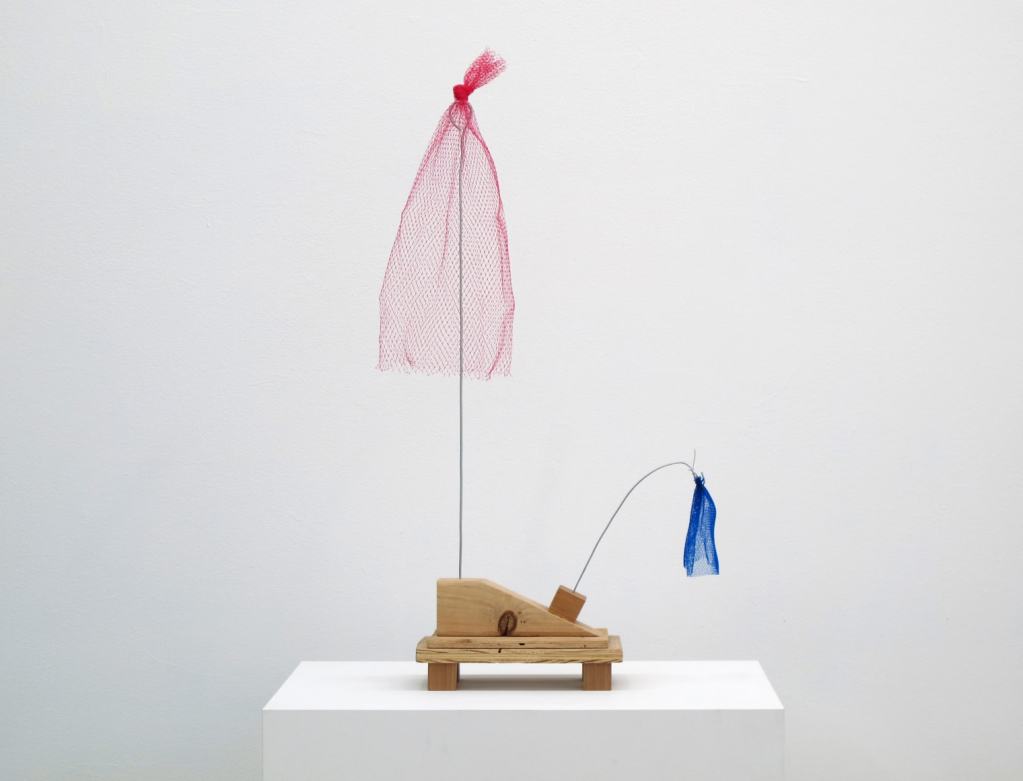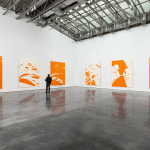
Contributed by Sharon Butler / At this stage, abstraction is no longer considered confusing or iconoclastic. So what kind of abstract work might earn the title “strange?” Fredericks & Freiser’s buoyant group show “Strange Abstraction” provides a sharp answer. Each of the artists employs his or her materials in an uncompromisingly idiosyncratic way. Like many of the outsider artists whose work is on display at the Outsider Art Fair this weekend, those in this exhibition have developed vocabularies that, although rooted in Modernist abstraction, are deeply personal and visually unique.


In the press materials for a panel discussion at the Outsider Art Fair, an organizer argues that we “often expect mainstream artists we respect to evolve and progress over time. In the outsider art realm, however, many artists expand upon a single vision obsessively for an entire lifetime.” “Strange Abstraction” makes the case that this intensity of vision is found not only in the work of self-taught artists, but also in that of many who would be considered mainstream. The work in this show is marked by a complex blend of the visceral and the cerebral, the abstract and the real. Most important, however, these artists are non-strategic: they rely primarily on intuition rather than research or theory to move the work forward.









Lisa Beck, Pier II, 2015, oil and enamel paint on mylar, 72 x 36 inches</div

“Strange Abstraction,” featuring Lisa Beck, Michael Berryhill, Steve DiBenedetto, Michelle Grabner, Joanne Greenbaum, Xylor Jane, Jonathan Lasker, Chris Martin, Nancy Shaver, Arlene Shechet, Cary Smith, Dan Walsh, B. Wurtz; Fredericks & Freiser, Chelsea, New York, NY. Through February 20, 2016.
About the author: Sharon Butler is a painter and the publisher of Two Coats of Paint.
Related posts:
Dan Walsh: “I have a major commitment to my brushes”
Lisa Beck: A Set of Glances, of Extended Duration, Perpetually
Part II: Some artist suggestions for Paul Kasmin’s Process/Abstraction
——
Two Coats of Paint is licensed under a Creative Commons Attribution – Noncommercial-No Derivative Works 3.0 United States License. To use content beyond the scope of this license, permission is required.






















